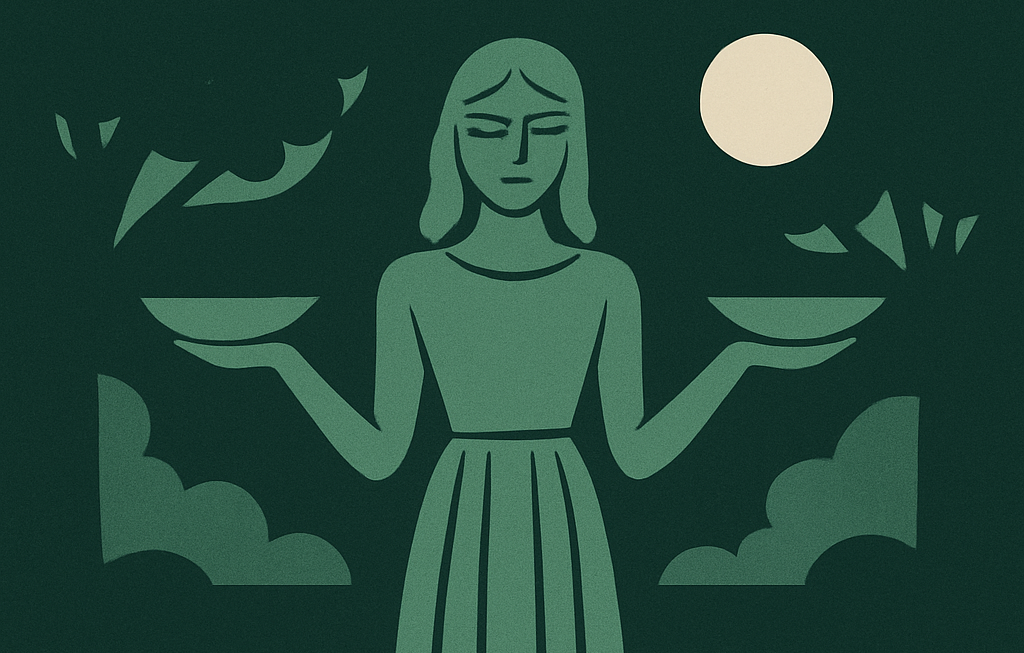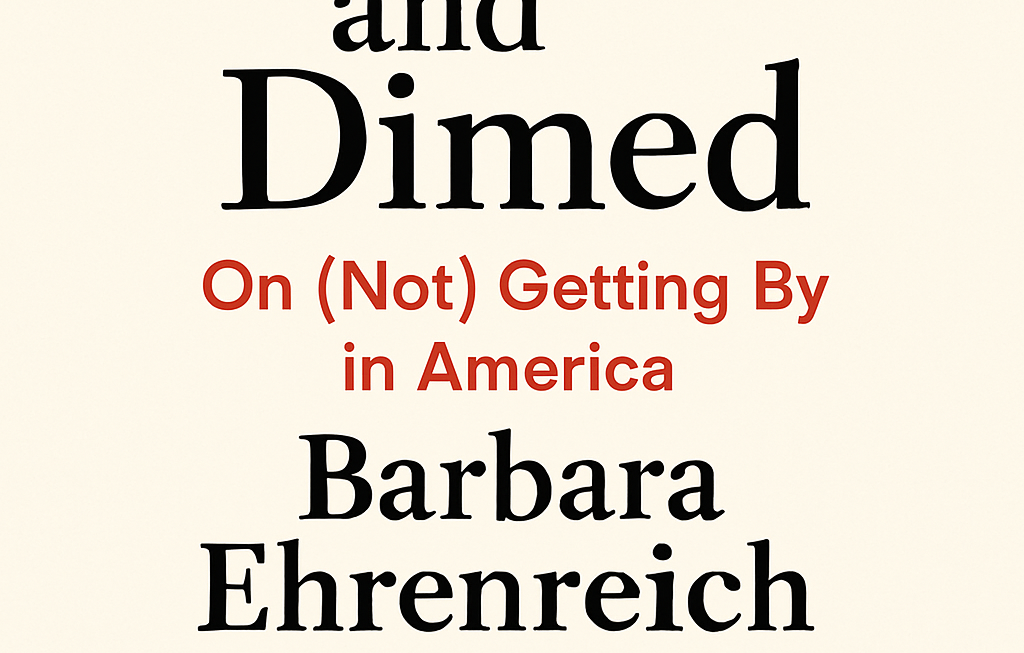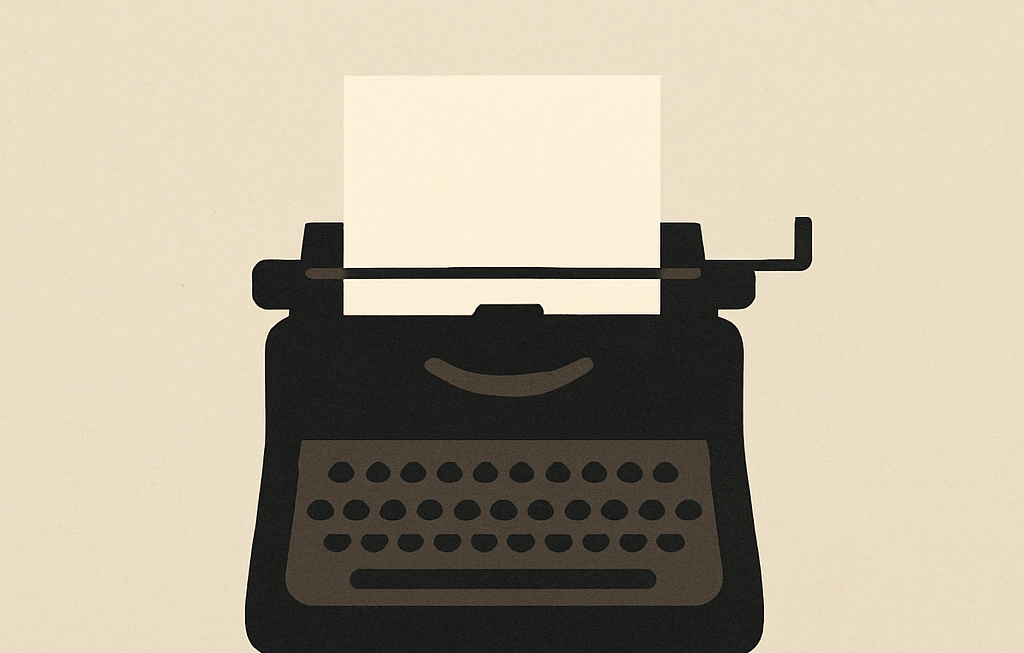Midnight in Savannah: A Conversation with John Berendt
John Berendt’s Midnight in the Garden of Good and Evil, a non-fiction narrative published in 1994, isn’t merely a chronicle of a murder trial in Savannah, Georgia; it’s a vibrant tapestry woven with threads of Southern Gothic charm, eccentric personalities, and the unsettling collision of wealth, power, and societal secrets. The story revolves around Jim Williams, a wealthy antiques dealer accused of killing his young lover, Danny Hansford. But Berendt masterfully transcends the crime itself, immersing the reader in the atmospheric allure of Savannah, introducing us to a cast of unforgettable characters – a voodoo priestess, socialites, and a host of others who populate this uniquely captivating city. The book’s success isn’t solely attributable to the compelling narrative; it’s a testament to Berendt’s exceptional prose, his ability to blend journalistic rigor with an almost novelistic flair, creating a work that transcends the genre boundaries of true crime. His background, though not explicitly detailed in the book’s narrative, undoubtedly informed his approach. A former magazine editor with an established career, Berendt possessed a keen journalistic eye, a talent for capturing the nuances of human experience, and a masterful ability to construct a compelling narrative arc. The book, a runaway bestseller, sparked both critical acclaim and controversy, and it continues to hold a powerful grip on readers fascinated by its exploration of morality, identity, and the complex undercurrents that simmer beneath the surface of even the most enchanting of Southern towns.
A Decade Later: A Conversation with John Berendt
-
1. The book blurs the line between journalism and creative nonfiction. Where do you draw that line, and how conscious were you of it during the writing process?
The line is a subtle one, constantly shifting depending on the material at hand. In Midnight, my intention was always to present accurate facts, meticulously researched and verified. However, I also recognized the narrative power of shaping the material, choosing which events to highlight and how to sequence them for maximum dramatic effect. This isn’t deception, but rather the crafting of a compelling story from a complex reality. The reader needs to trust the factual basis, yet also be captivated by the storytelling. That balance, I think, is the heart of what makes true crime so engaging.
-
2. Critics have praised your characterization but also noted a degree of romanticization of Savannah. Do you feel a responsibility to present an unbiased portrayal, and if so, how did you reconcile this with the inherent subjectivity of storytelling?
Savannah is undeniably a fascinating and complicated place, and the characters who inhabit its streets are equally complex. I tried to capture the city’s multifaceted nature, including its darker aspects, but I also wanted to convey the beauty and charm that makes it so unique. It’s a question of balance, not neutrality. An unbiased account can be as dull as dishwater. A vibrant account, carefully researched, doesn’t have to sacrifice the truth.
-
3. Jim Williams becomes almost a mythical figure in your narrative. How did you navigate the ethical considerations of portraying a man accused of murder, and how did you ensure a fair representation of the victim, Danny Hansford?
It was crucial to present Jim Williams’s story accurately, while acknowledging the tragedy of Danny Hansford’s death. I sought to portray both men as fully realized individuals, recognizing that both held complexities within their respective lives and stories. I believe the act of storytelling itself provides a form of justice, granting a voice to those who may otherwise be forgotten within the judicial system. Presenting a nuanced view of his character was essential to understand the circumstances of this terrible tragedy.
-
4. The book’s success led to a significant increase in tourism in Savannah. Did you anticipate this outcome, and what are your thoughts on the implications of a book’s influence on a real-life setting?
Frankly, the scale of tourism’s increase surprised me. It’s a double-edged sword. While I’m delighted that so many have been captivated by Savannah, the increased influx of visitors undoubtedly has its challenges for the city. I think it’s crucial for writers to be aware of the potential impact of their work, especially when it deals with real places and people. One shouldn’t trivialize the potential consequences of one’s work.
-
5. Your subsequent works have explored similar themes – the intersection of history, culture, and human drama. What draws you to these themes, and how has your approach evolved since Midnight?
I’m fascinated by the intricate tapestry of human lives and the ways in which individual stories intertwine with the broader currents of history and culture. My approach has certainly become more refined with time. I think I’m more attuned now to the delicate balance between capturing the drama and respecting the privacy and dignity of the individuals involved. Maturity brings a certain level of self-awareness to the craft.
-
6. The supernatural elements in Midnight aren’t treated lightly; they’re woven seamlessly into the narrative fabric of Savannah. How did you approach researching and presenting these aspects, avoiding both dismissal and sensationalism?
Savannah’s history is infused with folklore and spiritual traditions. I felt it would be dishonest to ignore these aspects, especially given their significance to the community. The challenge was presenting them with respect and sensitivity, acknowledging their importance without resorting to sensationalism. It was a question of integrating these into the broader narrative texture, allowing them to inform the character and atmosphere of the book.
-
7. The multiple trials of Jim Williams are a central part of the book’s structure. Did you consider alternative narrative approaches, and how did you decide on the chronological structure you ultimately chose?
I experimented with different structures, but ultimately the chronological approach felt most natural, allowing the reader to experience the unfolding events alongside the characters. This structure also allowed me to build tension and suspense throughout the narrative. It offered a compelling form to tell the story from its very beginning, culminating in the eventual resolution.
-
8. Many true crime narratives focus on the explicit details of the crime. Why did you choose to focus more on the atmosphere and characters of Savannah?
While the crime itself is undeniably important, I was more interested in exploring the larger context: the unique character of Savannah, its inhabitants, and the social and cultural forces at play. The crime served as a catalyst for exploring these deeper themes. The mystery of the crime itself is as important as the mystery of Savannah’s multifaceted social fabric.
-
9. You’ve been described as a masterful storyteller. What are your key strategies for creating a compelling narrative in non-fiction?
It’s about finding the narrative arc within the facts, much like a novelist does. You need to select details carefully, create vivid characters, and build suspense. Strong narrative structure is as critical in non-fiction as it is in fiction; without it, even the most compelling facts can fall flat.
-
10. Looking back at Midnight in the Garden of Good and Evil, what are your biggest regrets, and what are you most proud of?
My biggest regret is likely the inevitable omission of details, and the inevitable unintentional slight of individuals mentioned within the book. The story was far too large to contain every aspect of everyone’s experience. I am most proud of capturing the essence of Savannah and its people, creating a work that resonates with readers even after all these years. It’s a testament to the power of story itself and the fascination of Southern Gothic culture.



